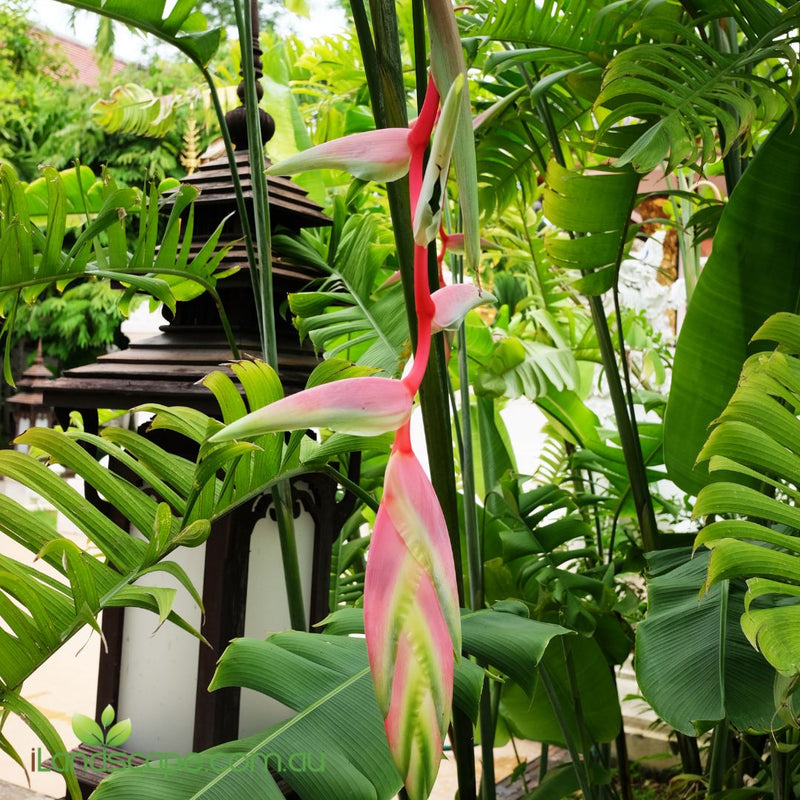Callistemon viminalis Prolific
Description:Callistemon viminalis 'Prolific' is a dense, evergreen shrub or small tree, admired for its profusion of bright red bottlebrush flowers and graceful, weeping branches. This Australian native is highly versatile, being both hardy and adaptable, and is ideal for use as a feature plant, hedge, or screen. Its long flowering period and attractive foliage make it a standout addition to any garden, particularly for those looking to attract wildlife, as it is a magnet for nectar-feeding birds and pollinators.
Flowers:As the name suggests, Callistemon viminalis 'Prolific' produces an abundance of vibrant red bottlebrush flowers, which appear primarily in spring and summer. These striking blooms are rich in nectar and attract a wide range of pollinators, including birds, bees, and butterflies. The bright red flowers contrast beautifully with the green foliage, creating a bold display in the landscape.
Foliage:The narrow, lance-shaped leaves are dark green and remain evergreen throughout the year. The fine-textured foliage complements the bright flowers, and the weeping branches give the plant an elegant, cascading appearance. The dense growth habit of the foliage makes it an excellent choice for screening or hedging.
Fruit:Small, woody seed capsules form along the branches after flowering, persisting on the plant for some time. While they add subtle texture, the flowers and foliage are the main ornamental features.
Form and Size:Callistemon viminalis 'Prolific' typically grows to 3-5 meters in height and 2-3 meters in width, forming a dense, rounded canopy. Its weeping branches give it a soft, graceful appearance, making it an ideal choice for feature planting or as a focal point in the garden.
Growing Conditions:Thrives in full sun and prefers well-drained soils, but it is adaptable to a variety of soil types, including sandy and loamy soils. Prolific is drought-tolerant once established and can handle light frosts. It also performs well in coastal gardens, tolerating salt-laden winds. Regular mulching around the base will help retain moisture and support healthy growth.
Uses:Callistemon viminalis 'Prolific' is ideal for use as a feature plant, screen, or hedge. Its profuse flowering and dense foliage make it perfect for attracting wildlife, particularly birds and pollinators. It works well in native garden settings, as well as in more formal landscapes. Its adaptability to various conditions makes it suitable for coastal gardens and water-wise landscapes.
Maintenance:Low-maintenance and tough, Callistemon viminalis 'Prolific' requires little care once established. Light pruning after flowering will help maintain its shape and encourage fresh growth. Water deeply during the establishment period, but once mature, the plant requires minimal supplemental watering. Fertilize with a slow-release, low-phosphorus fertilizer in spring to encourage healthy growth and abundant flowering.
Notes:Callistemon viminalis 'Prolific' is highly regarded for its reliable flowering and ability to thrive in a range of growing conditions. Its bright red flowers and graceful, weeping form make it a favorite for gardeners looking to create a dramatic, yet low-maintenance, landscape.
Companion Plants:Pairs well with other Australian natives like Grevillea, Leptospermum, and Westringia. The red flowers and weeping habit contrast beautifully with silver-leafed plants like Eremophila and ornamental grasses like Lomandra.
Common Name: Prolific BottlebrushBotanical Name: Callistemon viminalis 'Prolific'Family: MyrtaceaeOrigin: Australia
